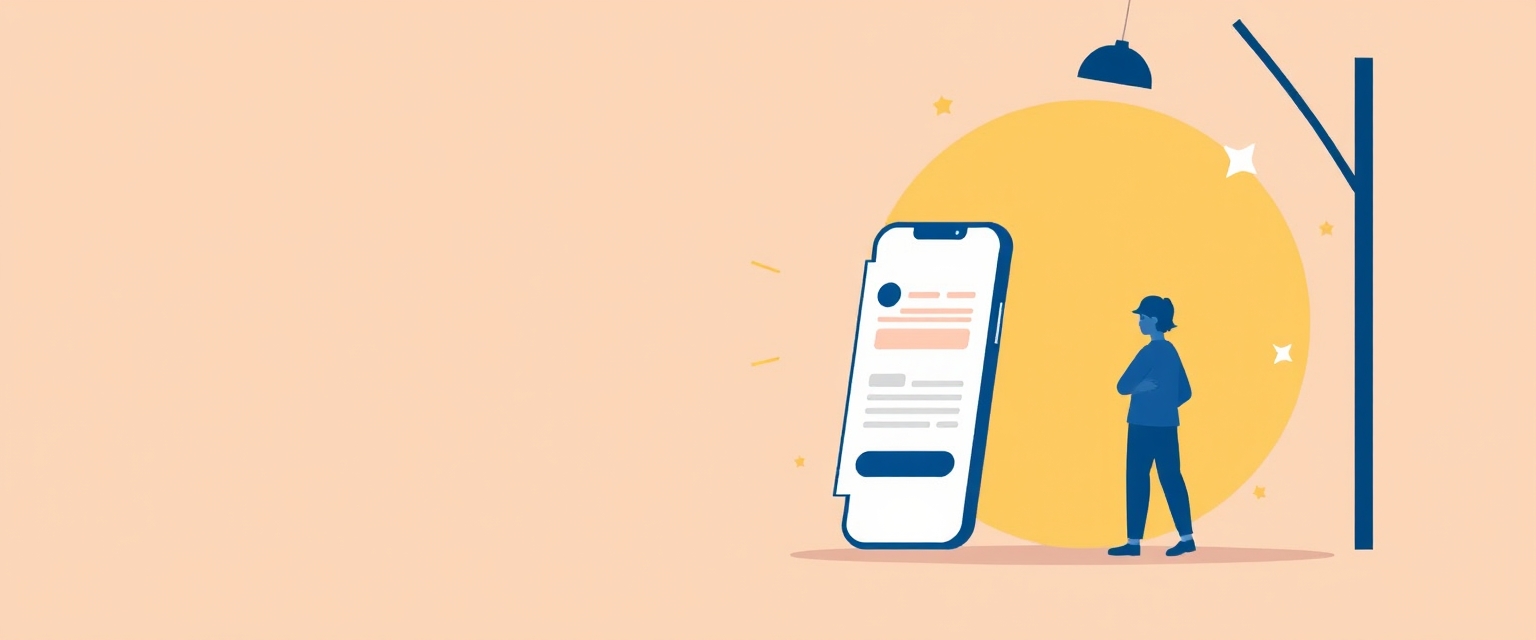Push Notification Campaign Optimization
14.11.2024

Push notifications, like any marketing channel, require continuous analysis and improvement. Optimization allows you to:
- Boost open and click-through rates
- Maximize conversions and sales
- Reduce unsubscribes and negative reactions
- Deliver a more personalized and targeted user experience
Proper optimization ensures that you deliver the right messages to the right people at the right time, ultimately increasing campaign profitability.
Steps for Campaign Optimization
1. Define Campaign Goals
Before beginning optimization, it’s important to clearly define your campaign goals. What do you want to achieve? Potential goals include:
- Increasing online sales
- Boosting user engagement on the website
- Driving app downloads
- Enhancing user retention and engagement
Clear goals help you focus on the metrics that need improvement and identify strategies that lead to success.
2. Test and Improve Notification Content
Creative content plays a key role in the success of push notifications. Regular A/B testing can help identify the most effective combinations of headlines, text, images, and calls-to-action (CTA).
- Headline: Make the headline short, catchy, and attention-grabbing. Use emotional or engaging phrases, such as “Don’t Miss Out on the Sale!” or “Your Favorite Item is Back in Stock!”
- Text: Keep the main message brief and straightforward, conveying the key value of the offer. Users should immediately understand the offer and how they can benefit.
- Call-to-Action (CTA): An effective CTA encourages users to click. Use direct language like “Shop Now,” “Learn More,” or “Get the Discount” to guide users towards the desired action.
- Images: Visual elements significantly enhance the appeal of a notification. Test different images of products, events, or branding elements to see what resonates best with your audience.
3. Optimize Notification Timing
The timing of notifications directly impacts their effectiveness. Poor timing can lead to messages being ignored or, worse, irritating users. Consider the following factors when setting up notification timing:
- User Activity Times: Analyze your data to determine when users are most active. For B2B customers, this may be business hours; for B2C, evening or weekend notifications might work better.
- Timing Tests: Run A/B tests to determine the best times for notifications. For example, sending news notifications early in the day can work well for news portals, while discount offers may perform better in the evening.
- Time Zone Considerations: For global audiences, consider different time zones. Set notifications to be sent at optimal times for each region.
4. Segment Your Audience
Audience segmentation is one of the most powerful strategies for campaign optimization. Instead of sending the same message to all subscribers, divide them into segments and tailor messages accordingly.
- Behavior-Based Segmentation: Group users based on their interaction with your site or app. For example, target users who recently made a purchase with related product suggestions or re-engage those who haven’t visited in a while.
- Geographic Segmentation: Send local offers to users in specific regions. For instance, “Exclusive Discounts for New York Residents!” will be more effective than general messages.
- Demographic Segmentation: Use demographic information (gender, age) to create more relevant offers.
Targeted, personalized notifications typically see higher open and conversion rates than mass messaging.
5. Use Automation and Triggered Notifications
Automation lets you send messages based on user actions or inactivity, significantly increasing campaign effectiveness and helping retain customers.
- Triggered Notifications: Send automatic notifications triggered by specific user actions. For example, abandoned cart notifications can remind users of uncompleted purchases, potentially with a discount to encourage checkout.
- Automated Campaigns: Set up automated notifications for user birthdays, subscription anniversaries, or other personal events. Such notifications create a personal touch and build customer loyalty.
6. Analyze Data and Optimize Based on Results
Analytics are the foundation of any advertising campaign’s optimization. The URAN platform provides extensive data to improve your campaigns:
- Open Rate: Shows how many users opened the notification. If this rate is low, try changing the headline, timing, or CTA.
- Click-Through Rate (CTR): Indicates how many users clicked through to the site or app. A low CTR may suggest the notification’s content or relevance to the audience needs improvement.
- Conversions: The ultimate goal of any campaign. Track how many users completed the desired action (purchase, registration) after receiving the notification. If conversions are low, consider revisiting the landing pages linked in notifications or adjusting the offer itself.
Regularly analyze campaign results and use the data to make adjustments and improvements.
7. Manage Notification Frequency
Frequency should be optimized to engage users without overwhelming them. Too many notifications may lead users to unsubscribe, while too few may reduce engagement and brand visibility.
- Balance Frequency: Analyze your audience’s behavior and find an optimal frequency. This can vary by business type—news portals may send notifications more frequently than e-commerce stores.
- Monitor Unsubscribe Rates: An increase in unsubscribes may signal that you’re sending too many notifications or they aren’t relevant enough.


